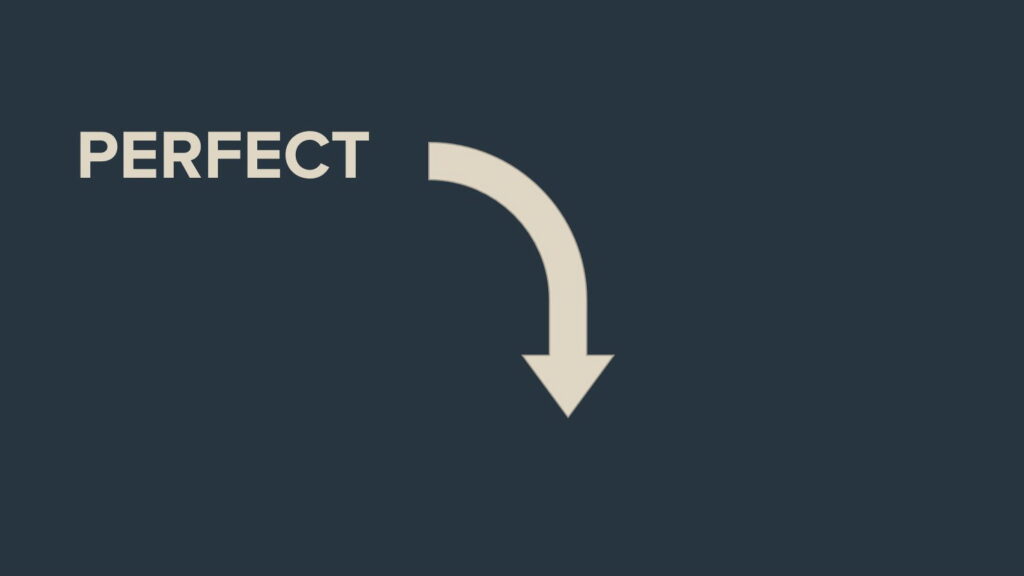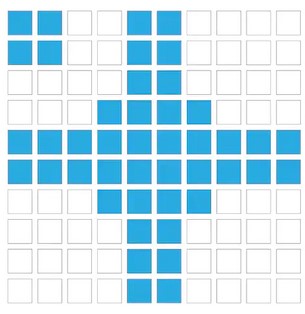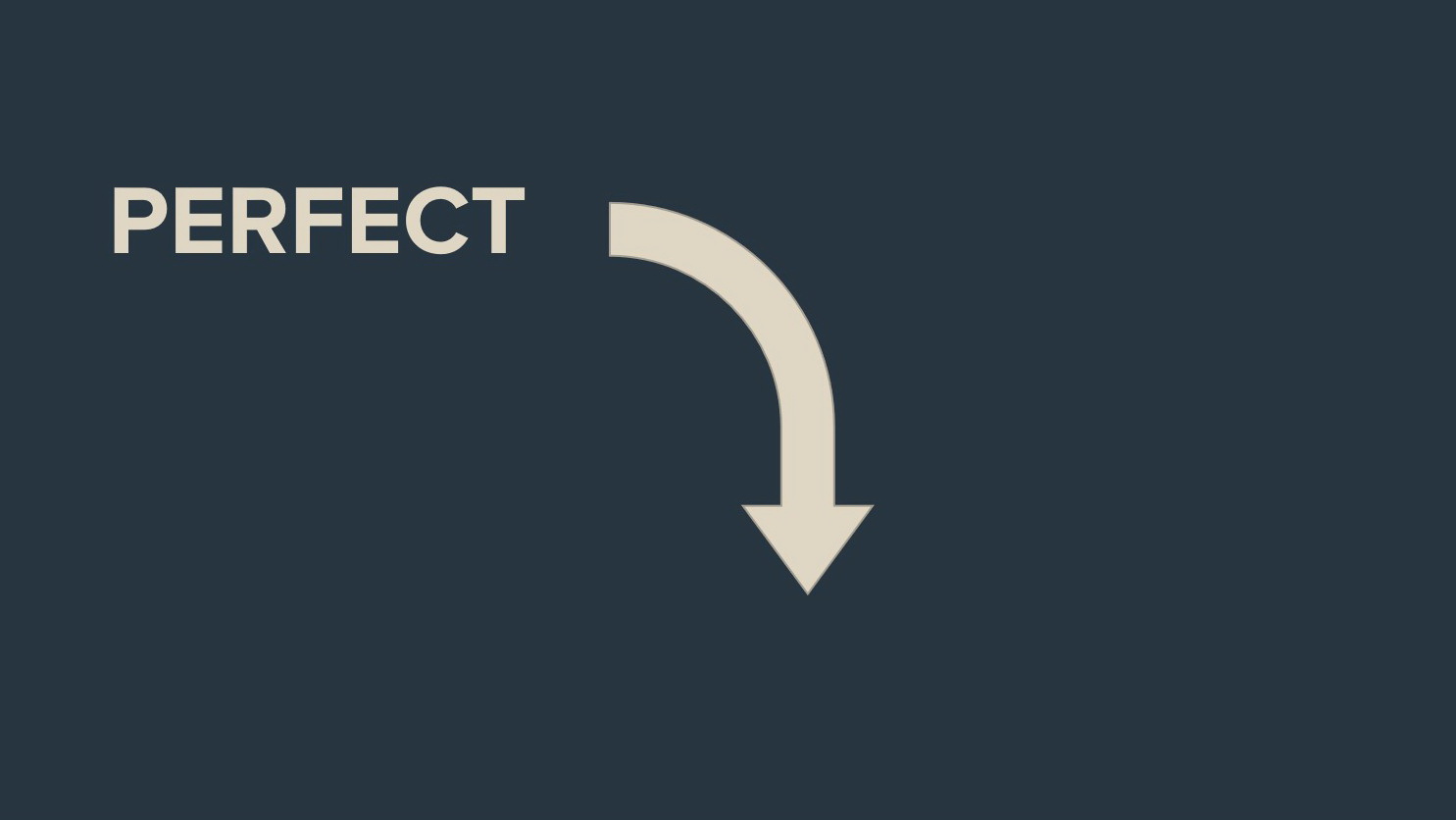I have the taste of a special dish from Morocco in my mind: a sweet, cinnamony onion sauce served with couscous. I haven’t been to Morocco for several years, but last week I tried to recreate the sauce from memory. The first attempt was an absolute failure: I created a watery bechamel sauce with a slightly sweet taste. So I started adding more ingredients and after about 10 rounds I had processed almost 20 ingredients and by now at least twice the amount of sauce. And that’s when it struck me: when we want to improve something, we first think about what we could add. And the amount of sauce gets bigger in the process and thus more and more difficult to change… How to achieve perfection by leaving away, you can read about this art in this article.
Perfection is not achieved when nothing more can be added, but when nothing is left to take away.
Saint-Exupéry
Inhaltsverzeichnis
We make things bigger and more complex
Admittedly, it is difficult to remove something when cooking. But let’s take a few random examples from work and everyday life. We want to
- Develop a proposal that can gain majority support – we instinctively explore stakeholder interests and add a goodie for everyone involved
- Prepare an argument: we start a list and keep adding new points.
- Winning a political vote: the bill should have an advantage for as many people as possible. This results in a Birchermüesli with many small gifts.
- Making laws clearer: we add new articles, explain more precisely, list more. When have we ever deleted anything from the law book?
- Shaver: When did we ever take away a blade? Is the result better now?
- Becoming better people in the new year: are you also one of those people who resolve to do something or NOT do something anymore?
- Getting healthy: when one drug causes side effects, many people take a second drug – against the side effects
- To make a room in our flat more comfortable: Who will add something, who will take something out?
- Making our business more successful: How many companies will add a new product or look for a new distribution channel? Maybe there is already too much and it is better to limit?
It seems to be human nature that many of us do not let go well and do not like to let go. This would be one reason why we always look for opportunities to add something first. This tendency of humans has also been scientifically confirmed (article in Nature). People systematically overlook the possibility of leaving something out instead of adding something in (article HBR).
The explanation of science is that we simply notice less when something is omitted. Accordingly, we only ever see around us when something is added.
Simplicity is the highest form of perfection
Leoanardo da Vinci
For example, in the experiment below, many subjects were asked how to make this picture (point) symmetrical with the least amount of intervention. The majority of the subjects added blue tiles in each of the 3 corners instead of putting white tiles in one corner.
The art of leaving away!
With our focus on ADDING, we systematically overlook a number of options. The result is that many things become bigger, more complex and more cumbersome. This is a very well-known problem in many large companies or even in administration, but also with law books, razors, voting bills etc.. As a result, processes become bigger and slower. So there is an art to leaving something out once in a while in order to do something better. How can we learn it?
According to scientific experiments, we often only need to be made aware of the possibility of leaving something out. The ideas then follow automatically in a large proportion of people (University of Virginia studyand HBR article).
Ask consciously: What can be left out to solve this problem?
Brainstorm with questions like: What is the simplest possible solution? Which idea would we implement right now without planning? How would you do it on your own?
Or let’s think about how we would solve the problem in a different context. There are many areas where we automatically clean up, let go and simplify.
- When a long thorny branch gets caught on our trousers while hiking, do we think about how we could reshape the branch so that we can pull it along better? Or do we just stop for a moment and untie the branch?
- If you have a bit of weight on your ribs after the festive season and no longer feel comfortable jogging: Ask yourself what you could add to make the sport more enjoyable again?
- If the chair in the room is overflowing with used clothes: will you put a second chair next to it or tidy it up?
Let’s be honest, basically for most people, something new can only come into life if we have first made room for it: This concerns our job, relationship (hopefully), flat or hobbies.

Tips for leaving away in your company
How can you now become leaner, simpler and faster again in the company by cutting out? Of course, this depends a lot on the area you want to make simpler. Some general ideas:
- Remind all employees in a clearly visible place: Omitting or making it simpler is possible and free of charge
- Share stories of successful omission, this is how you become visible
- Award a prize for the leaving away of the month
- Ask regularly: what will we stop doing next month?
- At the end of a project or a session, routinely ask: can we leave something away again?
- Introduce the CSO function in your projects: Chief-Subtractor Officer, a rotating function like Advocatus Diaboli
- If you get nervous about having to/wanting to let go of something physical: Put it in a big box and see if you miss it next semester. That way the hurdle of letting go is smaller.
For advanced and more radical projects, there are many different creativity techniques that can be used to make a product or process simple
I like the SCAMPER method when it comes to creating something new or changing something that already exists. The method is great for consciously looking at something from different perspectives. And the E stands for Eliminate: can you change the situation or the object by leaving something out.
For radical changes, make prototypes of a product or process. Darkhorse: what would the process look like if we left out even the most important things? Funky Prototype: keep the full focus on benefits. What doesn’t bring benefit to the customer goes away, there are no restrictions besides that. For example, many companies take care of more environmentally friendly packaging and put more or less plastic on it, depending on the evaluation method. And there are unpacked shops that have asked themselves: can we leave out the packaging altogether? In many cases, this is possible.
Record the process. A lot already becomes visible visually. In addition, you can also divide the steps according to their usefulness.
What else can be left out to make it perfect?
I have already asked myself: what can be left out of this article? Do you have an idea? Write it in the comments. Also write to me if you have any other ideas, experiences or tips from your company. Together we will become subtraction experts.
evores supports you in creating innovation in your company – also by leaving out. An outside view often helps to see what is superfluous and facilitation helps to collect, combine, select and implement the different ideas in the team. Contact me if you want to make things easier!
Interesting articles on the topic
https://fuehrung-erfahren.de/2021/05/die-kunst-des-weglassens/
https://www.washingtonpost.com/business/2021/04/16/bias-problem-solving-nature/
https://hbr.org/2022/02/when-subtraction-adds-value
-
The art: Perfection is achieved, when there is nothing left to take away
I have the taste of a special dish from Morocco in my mind: a sweet, cinnamony onion sauce served with couscous. I haven’t been to Morocco for several years, but last week I tried to recreate the sauce from memory. The first attempt was an absolute failure: I created a watery bechamel sauce with a…
-
Combining existing knowledge in a new way – a competitive advantage for your company?
How can a company’s existing knowledge generate particularly high value for the company and provide a competitive advantage? There is a separate stream of strategic management that deals with this question (knowledge-based view). There is a separate stream of strategic management that deals with this question (knowledge-based view). A simple answer to this question: When…
On the author

Claudio Lehmann is founder and consultant at evores. As an engineer and management consultant, he is fully committed to making the existing potential in companies visible and utilising it. Long-term sustainability starts with motivated employees and goes through efficient collaboration to the innovative strategy of companies that bring value to society. People. Planet. Profit.
Get in contact with me!
Article keywords
Feedback / Experience
How do you like the article? What is your experience in that field? What would you like to share and what subjects are you interested in?
Summary Feedbacks
Feedbacks
There are no reviews yet. Be the first one to write one.


